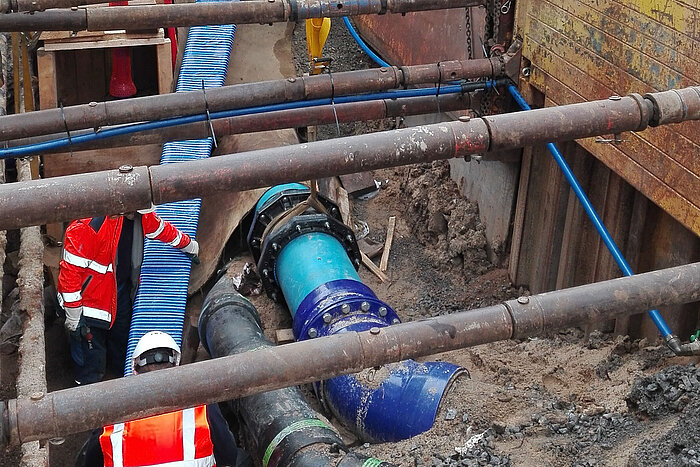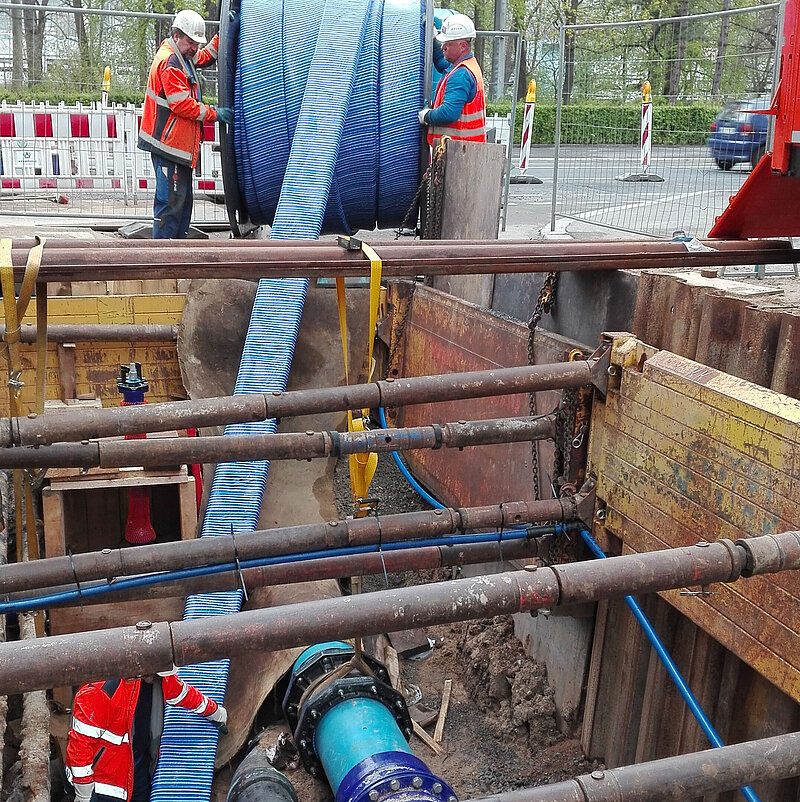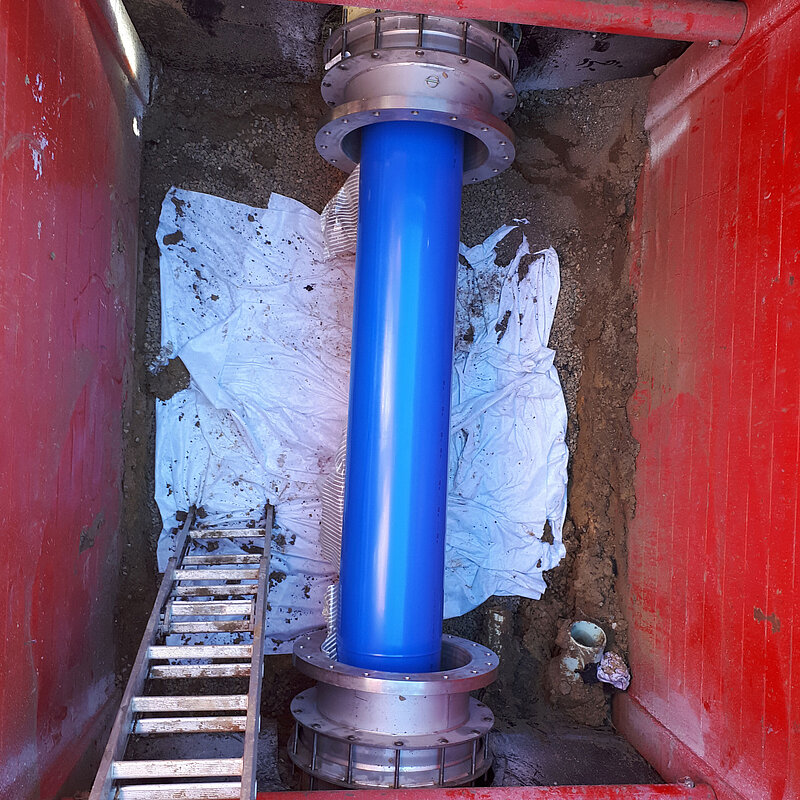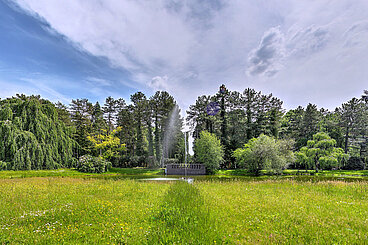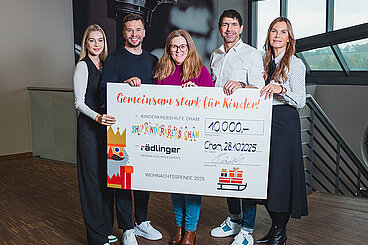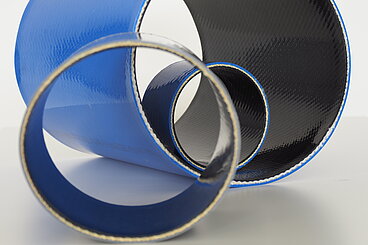The standard DIN EN ISO 11295 "Classification and information on design and applications of plastic piping systems used for renovation and replacement" is the reference work for all professionals involved in the design and application of trenchless technologies for the rehabilitation of outdated and defective piping systems.
It contains a basic classification and characterisation of the currently available techniques – such as lining with continuous pipes, lining with a rigidly anchored plastics inner layer, pipe bursting or horizontal directional drilling (HDD) – and their application. However, the standard previously did not include the fabric hose liner family of technology that is installed with annulus.
Since the 2018-06 edition, the "Lining with inserted hoses" method has also been granted a separate chapter. As for all other methods, the chapter contains a brief description in text form and a diagrammatic representation of how the method works. It tabulates the characteristics of the inserted hose in a neutral form, i.e. without mentioning any product names. This includes characteristics such as the materials from which the hose is made, and for which applications it is suitable. Likewise, the chapter defines geometrical properties such as diameter, maximum installation length and bend mobility. It also provides information about installation characteristics, as well as the equipment that is needed for installation or the space required at the surface.
But how does a new technology make its way into the standard?
Depending on the scope, there are national and international standardisation bodies. At the international level, technical committees of the International Standardisation Organization (ISO) work on the standards. Technical committees are also responsible for the applicability of standards in Europe. European standards are indicated by the suffix "EN". At the national level, there are standards committees of the German Institute for Standardisation (DIN), which carry out the harmonisation for Germany.
International responsibility for the revision of DIN EN ISO 11295 from August 2010 lies with ISO TC (Technical Committee) 138. In 1992, it prepared the technical report ISO/TR11295 as a precursor to the standard, and it is responsible for updating the standard. The national level advisory body is Working Committee NA119-05-37 AA, which deals with the renovation, repair and renewal of sewage canals and sewage pipes. The committee NA119-05-37 AA is subordinate to the DIN standards committee NA 119 for the water industry (NAW).
Via an existing connection to a member of the TC 138, Robert Goletz, Technical Manager at Primus Line, finally made contact with the person responsible at DIN.
Together with two European competitors who offer a similar product, Rädlinger primus line submitted an application to DIN for the inclusion of the linings with inserted hoses in DIN EN ISO 11295. Since there was a "legitimate interest" in considering the fabric hose liners in the standard, the request was granted.
At the invitation of DIN, Robert Goletz was involved in the standards committee in preparing the new chapter. He also represented the interests of the competitors. The body comprised around 30 people, including representatives from the supply industry and manufacturers from other technology families.
The manufacturers of the fabric hose liners needed a lot of staying power until their product group became part of the standard. It took almost three years from the initial request to publication of the new edition.
With this new edition, all currently available methods for designing renovations and repairs of pressure pipelines are now available to the experts. This enables them to create the most suitable design for their application for rehabilitation in accordance with DIN standards and state-of-the-art technology, and to select the most cost-effective solution.
